 Something like hi-fi goes even without large chests of chests of drawers and high-performance amplifiers, which drive the fear sweat beads onto the self-tanned forehead for every ghetto gangster in the pimped golf. The system tested today is something of anti for that, that it was a real need for me to show that you don't always have to have the thickest and longest when it comes to a good listening experience.
Something like hi-fi goes even without large chests of chests of drawers and high-performance amplifiers, which drive the fear sweat beads onto the self-tanned forehead for every ghetto gangster in the pimped golf. The system tested today is something of anti for that, that it was a real need for me to show that you don't always have to have the thickest and longest when it comes to a good listening experience.
Soundgil as a fire is still unknown to the general public, but who, for example, this year at the High End in Munich not only admired the usual suspects and their gold-eared milking stations, but was also able to find and even listen to this niche solution in the form of the Soundgil Cube. Compared to the apparatuses in the high-digit range, all of this is of course rather modest, but actually just as interesting. Otherwise I probably wouldn't have tested the part.
And that's why Today I try to take as many readers as possible on a journey that seeks its route away from the usual plastic deserts, MDF massives and multi-channel confluences into the sea of acoustic tears. It's just straight- without all-inclusive feel-good buffets and wooden-class cheap tickets. For this, this tour is now available with me as a guide and butcher in personal union, because the inhibitions to disassemble even more complex things, I left years ago at the luggage counter and never picked up again. A tear-down is therefore a matter of honour.
But stop, Soundgil who? Behind this is Technics Electronic Co. Ltd., a larger OEM manufacturer from Taipei (Taiwan), because in the end Soundgil is a fire. The participants have a name, but before I get too much into marketing now and here: this is the right link to the faces behind Soundgil.
Unboxing and scope of delivery
The box is stately, the cable age is too. In addition to the external 60-watt switching power supply (please note this value for later), an optical SPDIF/3.5 mm jack cable, an analog 3.5 mm jack cable (both approx. 1.8 m long) and two sets of loudspeaker cables with 11.8 cm and 40 cm length. This allows the loudspeakers to be set up either as a massive cube or separately. But more on that.
In addition to the subwoofer module and the two satellites, you also get a very neat remote control made of quite solid aluminium, as well as various feet for decoupling the individual cubes from the surface. A small manual in paper form is also available, enough.
Optics, haptics and functionality
The special feature of the loudspeaker housings is material and manufacturing. The name Cube is also a spatial program, because in addition to the rectangular low-tone module ("subwoofer") there are two half-length cubes as satellites. The large part weighs a whopping 2.79 kilos, each of the two satellites another 1.22 kilos. This makes the whole thing weigh about as much as half a box of beer.
The housings are monolithically made of one piece of aluminium, very solid and only open on the floor for assembly. There you will find a very cleanly fitted aluminium base plate, each of which can be tightened with four long machine screws almost bomb-proof. This is dense in the final sequence and completely vibration-free as well. The gap dimensions are downright delicious. The cover of the holes also serves as a small stand and is secured quite smart with a kind of tough resin against slipping out.
In addition, of course, one also has the mentioned feet for a better positioning of the loudspeakers, whereby it is primarily a matter of not indirectly including the installation surface with acoustically in the sound design. If you prefer more bass, please be nice. But it still sounds better with decoupling. Hand on it! The installation of the modules is also flexible, because in addition to the line already shown, you can also build turrets or a large loudspeaker.
The logo on the front of the subwoofer is illuminated by an RGB LED, whose colors indicate the individual operating modes (standby, USB, Bluetooth, analog, optical) and which also hides the IR LED for the remote control. The matching inputs can then be found at the back of this module. The loudspeaker outputs are designed as round plug systems and unfortunately proprietary. If the maximum 40 cm is not enough for the satellites, you have to solder yourself. Not impossible, but awkward.
The top of each of the modules bears the company logo in the form of a visible engraving. Here, the manufacturer has -removal), as already with the corpus as such, its good CNC systems. It's all very high-quality and looks the same. If you want to look at all pages again, here is a small gallery as a travel brochure:
If you run the cube via Bluetooth and the device is paired with your smartphone, then you can also use an app, which you unfortunately have to install manually on the Android as an APK file. Uploading via Google Drive is a bit tricky, but solvable. You get additional functions, sound control options and a player. I didn't need it, but who knows, doing that is more playful than me. That is what we are supposed to be doing.
Tear Down
If the rubber set-up plugs and the screws underneath are removed, the view of the board of the active module is clear. This is additionally connected to the monolithic inner life by means of a conductive adhesive strip (in addition to the usual ground points on the screws for fastening). On this side of the board, besides the connection jacks, there are still visible the coils of the Class-D amplifier, as well as the 4.2 Bluetooth module with APTX and various logic and logic control circuits.
If you lift up the board, you can see the thick thermal pads with which the two 2-channel chips of the Class-D amplifier are thermally connected to the monolith for better cooling. These are two Texas Instruments TPA3116D2 that can produce up to 50 watts per channel, depending on the certification and operating voltage. If you add everything together, the power supply draws (see above) and sometimes measures the pure sine output power at 1 KHz at an output, then you should get an output power of approx. 4x 15 watts.
The manufacturer's specification of 4x 50 watts at 4 ohms certainly refers to the installed chip, but is never achieved as an electrical power. But you can also live well with the current 4x 15 Watt Sinus continuous tone, because that could easily be used as 4x 25 Watt RMS. However, the 200 watts specified in the manual are utopia, as is so often the case.
The sound solution is the ST309A, a special 8-channel 24-bit DDX chip (direct digital amplification) from ST Microelectronics. This is a proven single-chip solution for digital audio processing and control in multi-channel applications. The chip is extremely versatile and allows you to enter most digital formats, including 6.1/7.1 channel and 192 kHz, 24-bit DVD audio, DSD/SACD, etc.
In 5.1 and 2.1 conversions, the additional 2 channels can be used for audio line-out or headphone drive, but this is unfortunately in vain with the cube. In pure speaker mode, with 8 parallel channel outputs, the STA309A can deliver more than 1 W, which is easy to control most amplifier ICs. In addition, all DSP functions, such as lukewarm ness and sound control, up to pre-programmed sound profiles and sound profiles are also carried out in the ST309A. pre-wired EQ. But then the game matz of the world needs the app again.
User's Guide and Marketing Presentation
Since I would like to save the whole text about setting possibilities, app and other feature blabla, the interested reader is welcome to study the subject even further. The rest is not bored and can immediately jump to the next page.
ManualMarketing














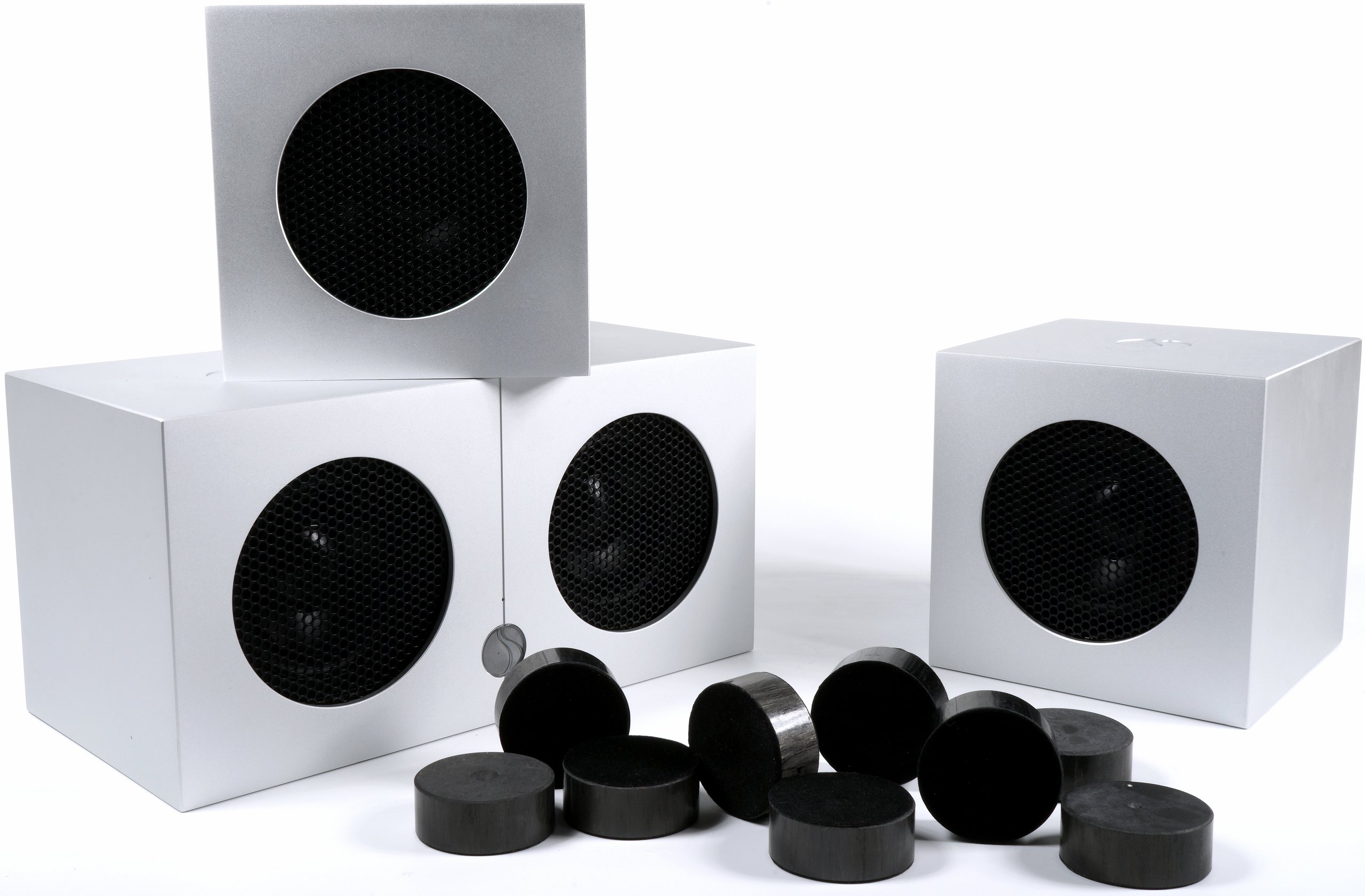
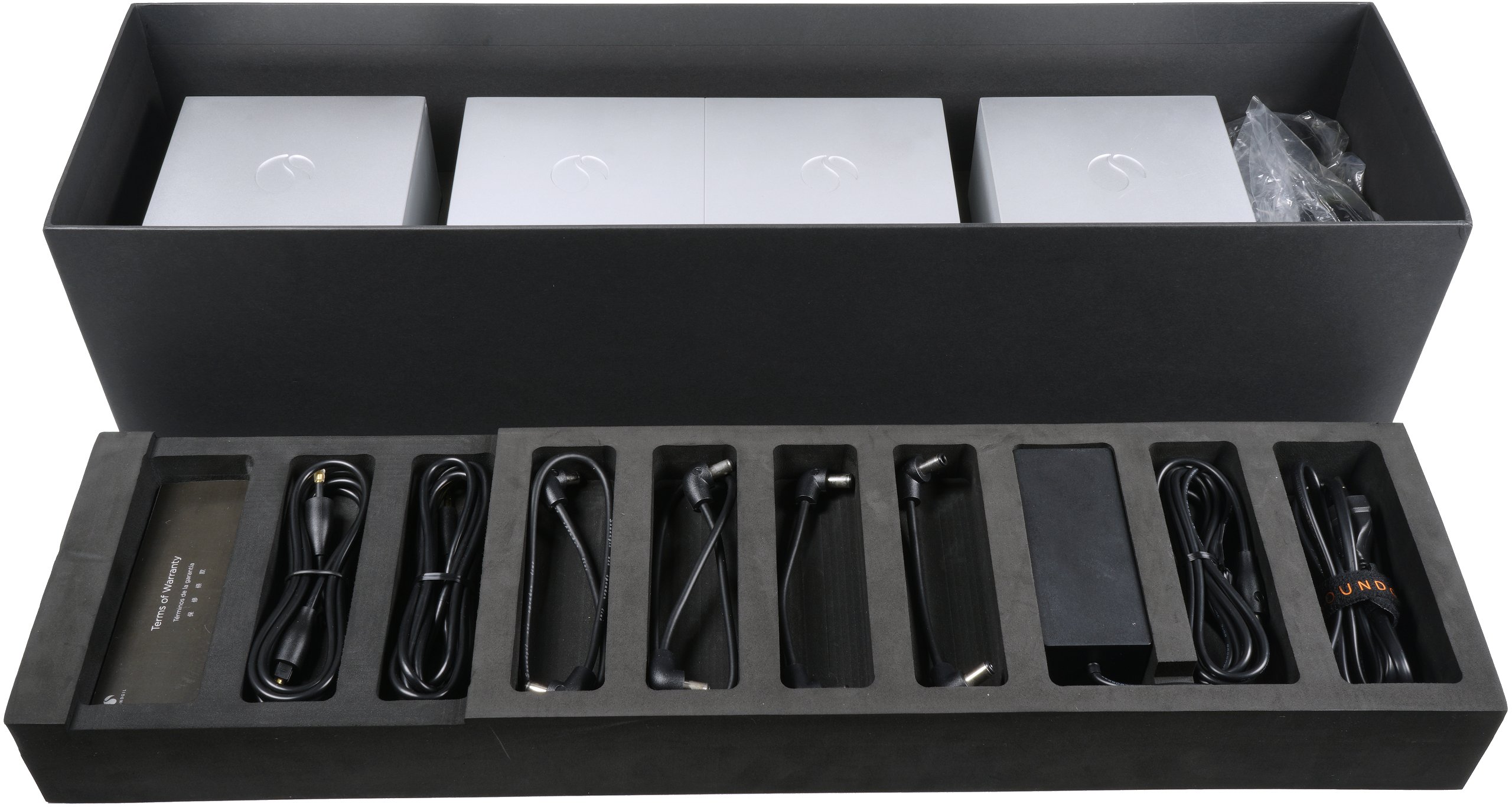


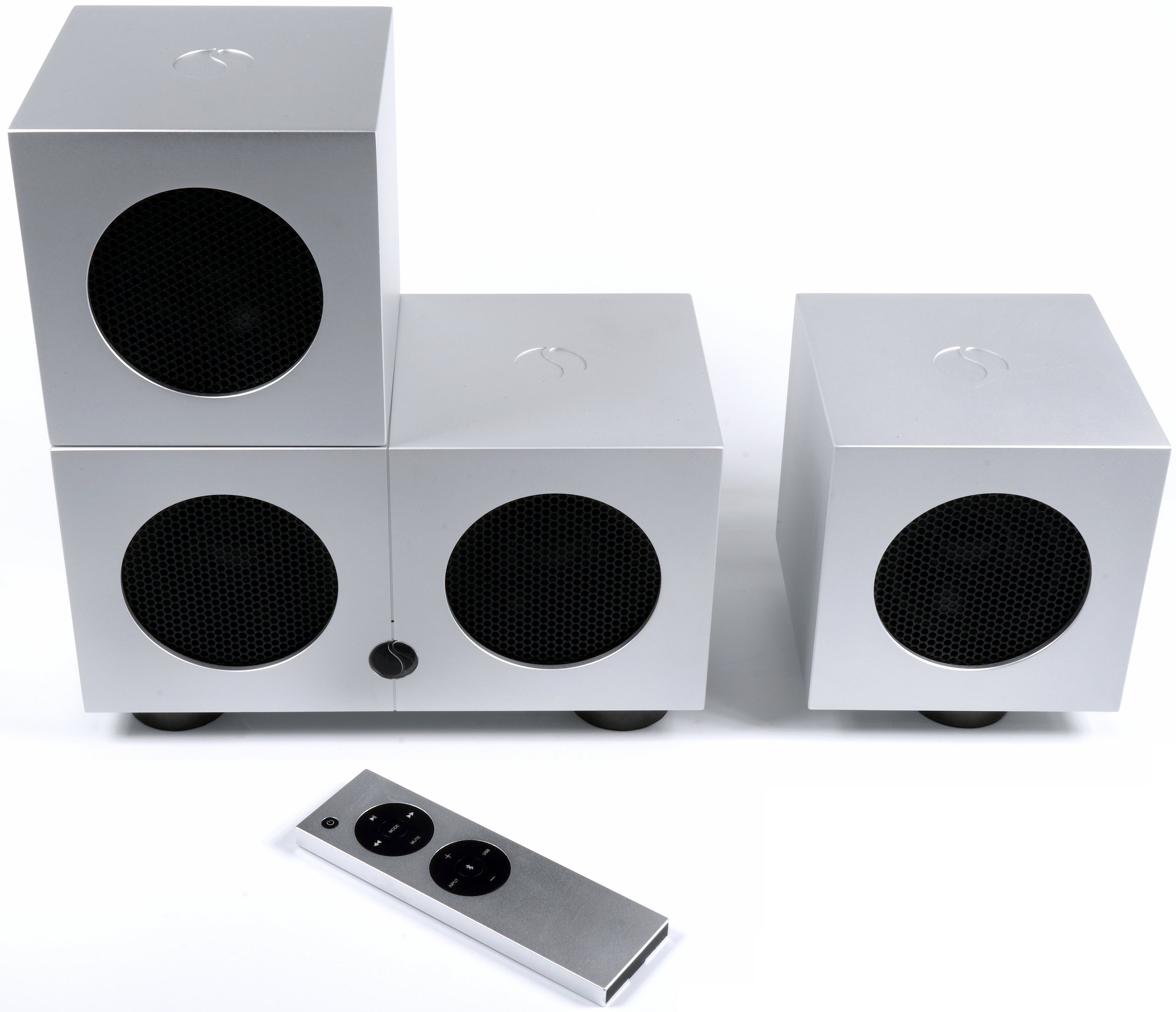







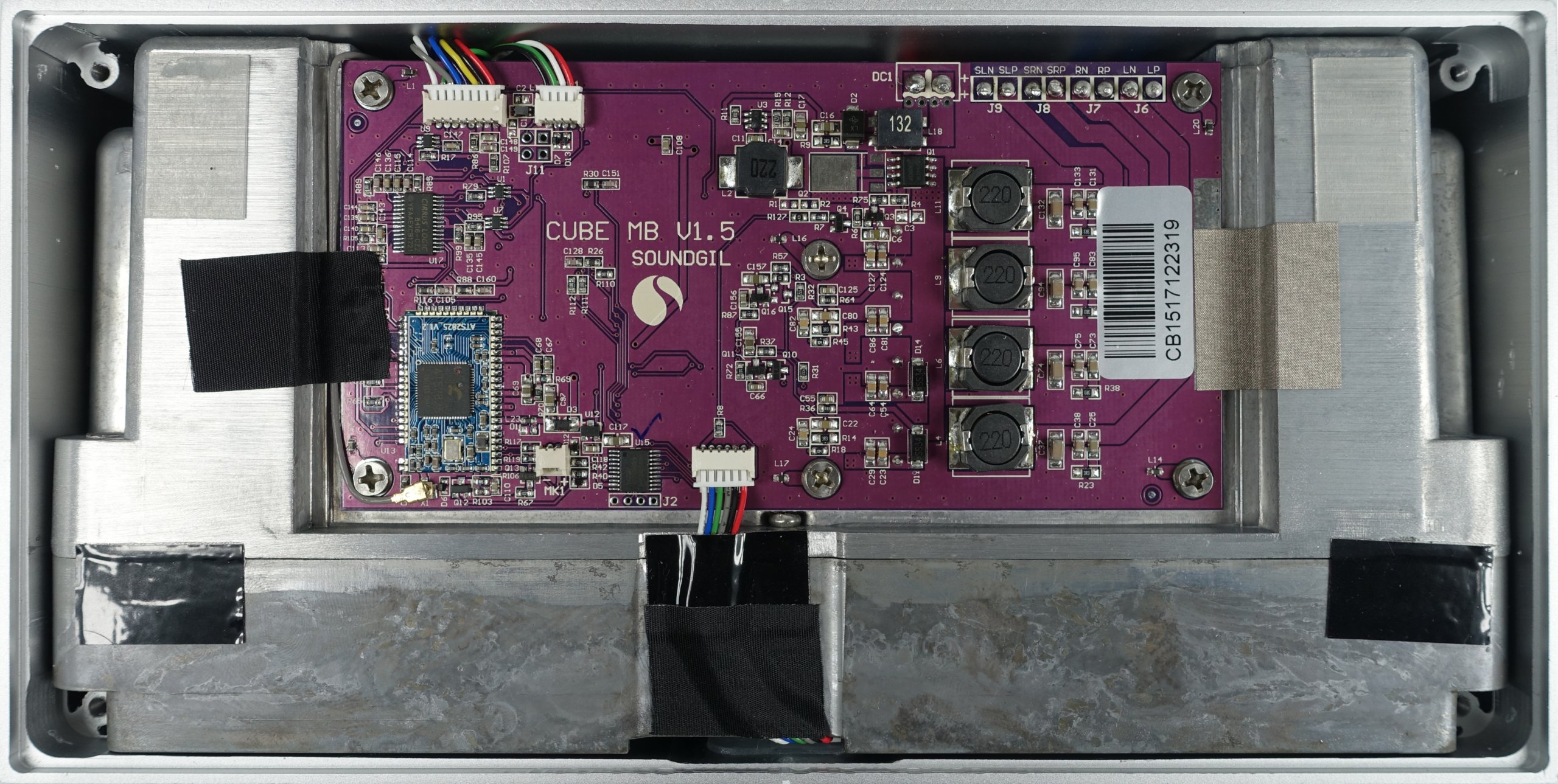
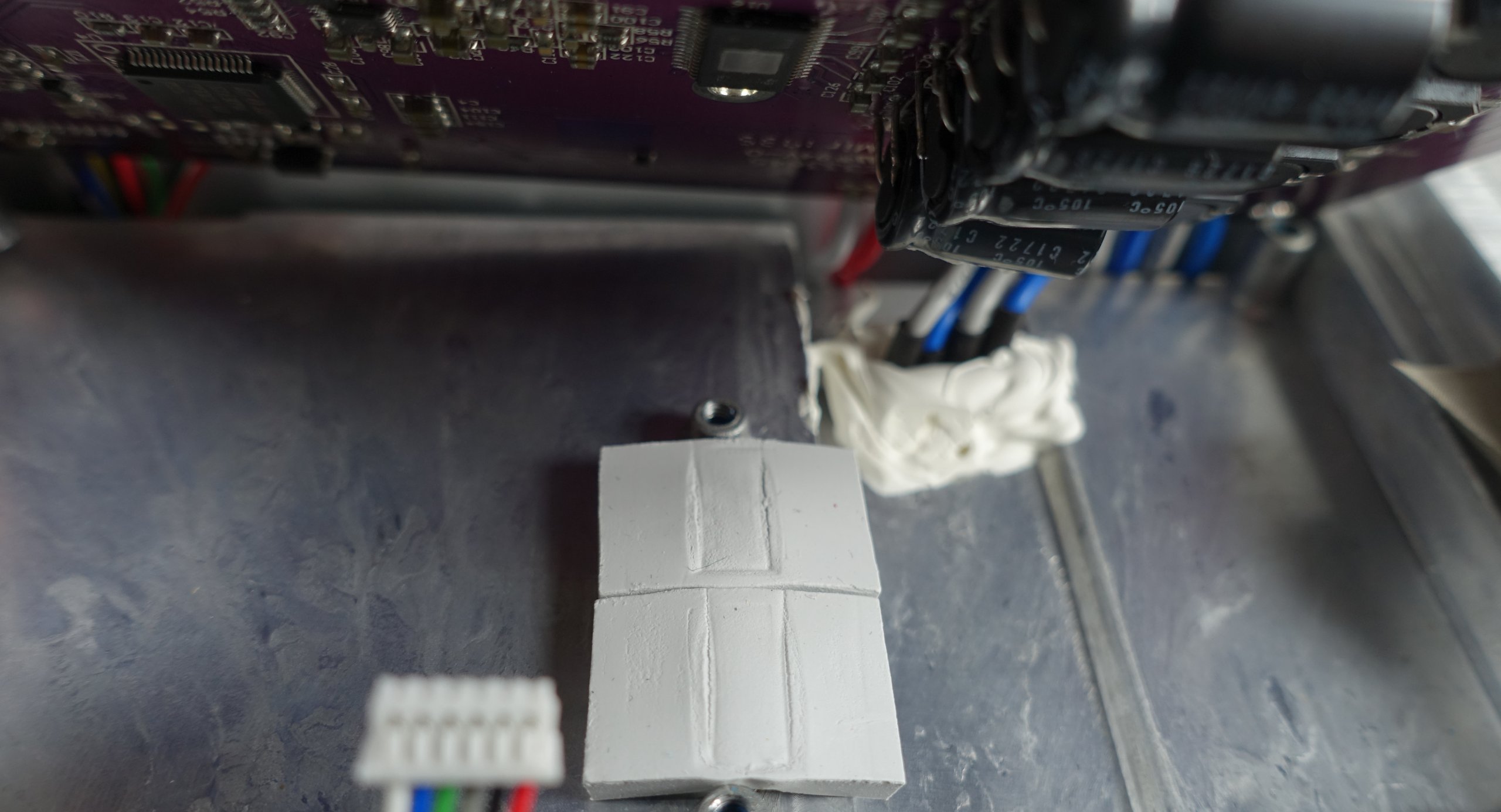
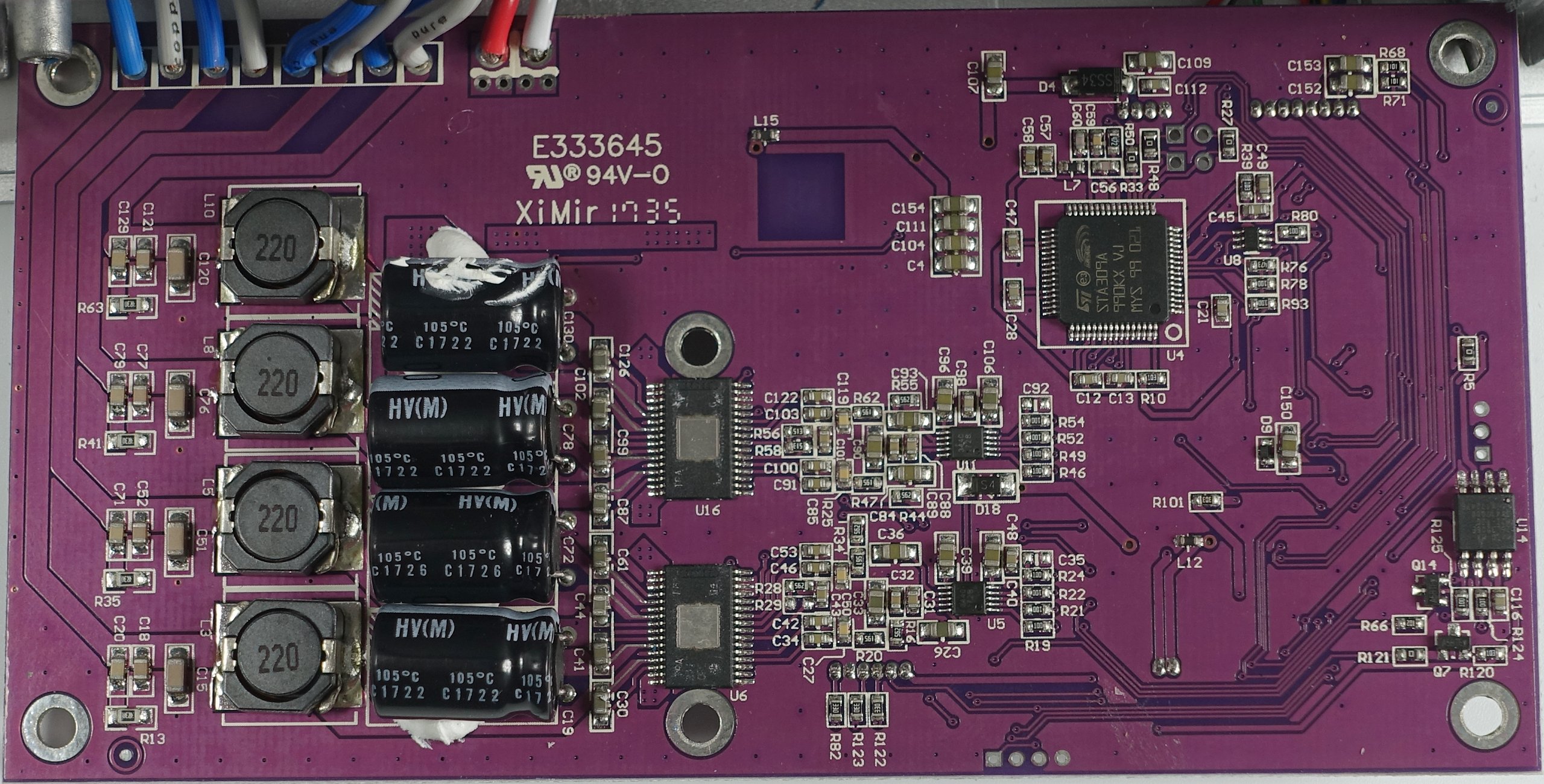

















Kommentieren